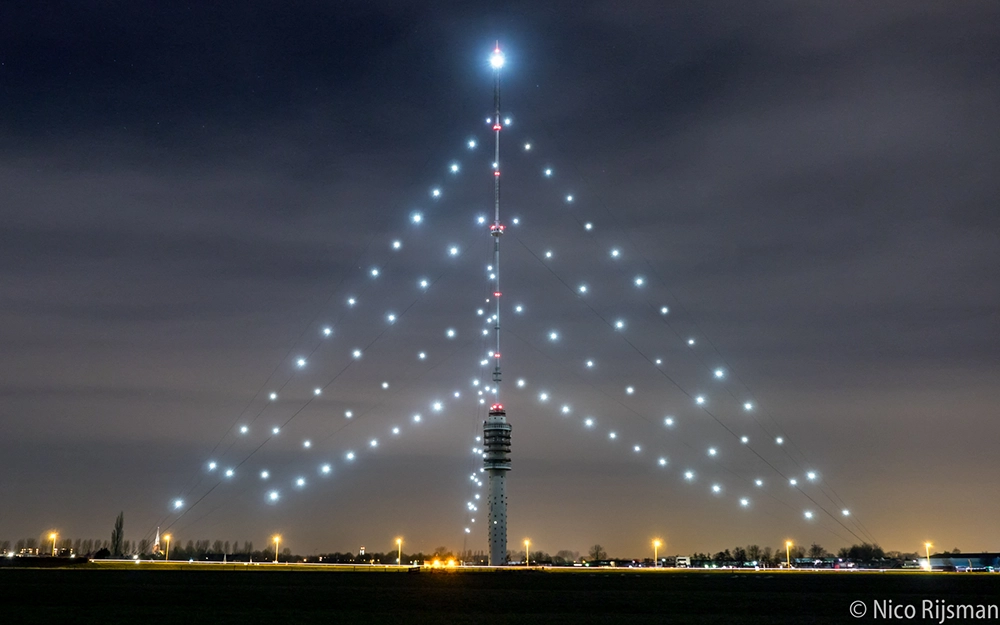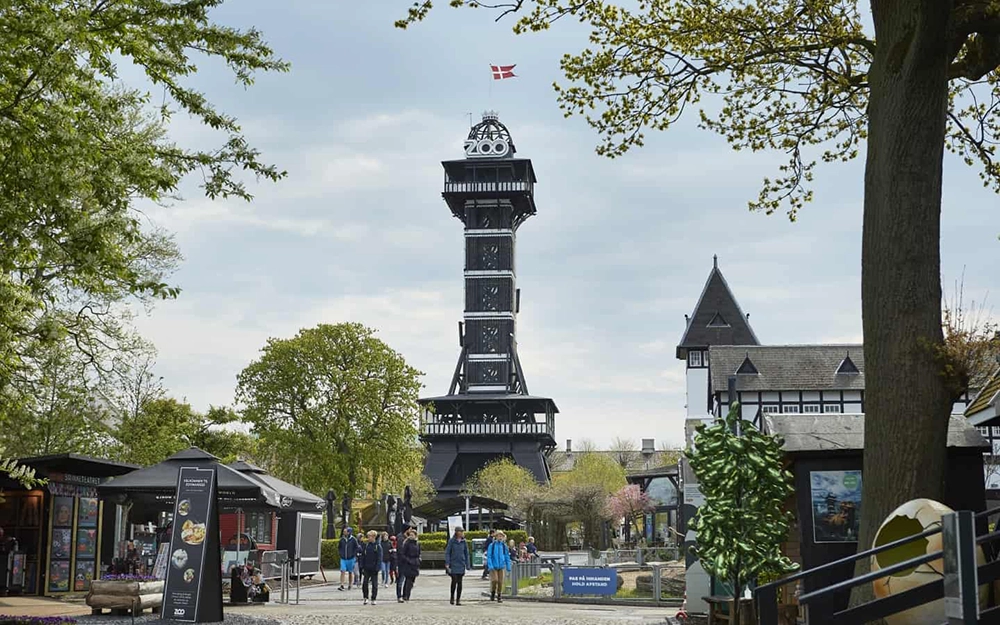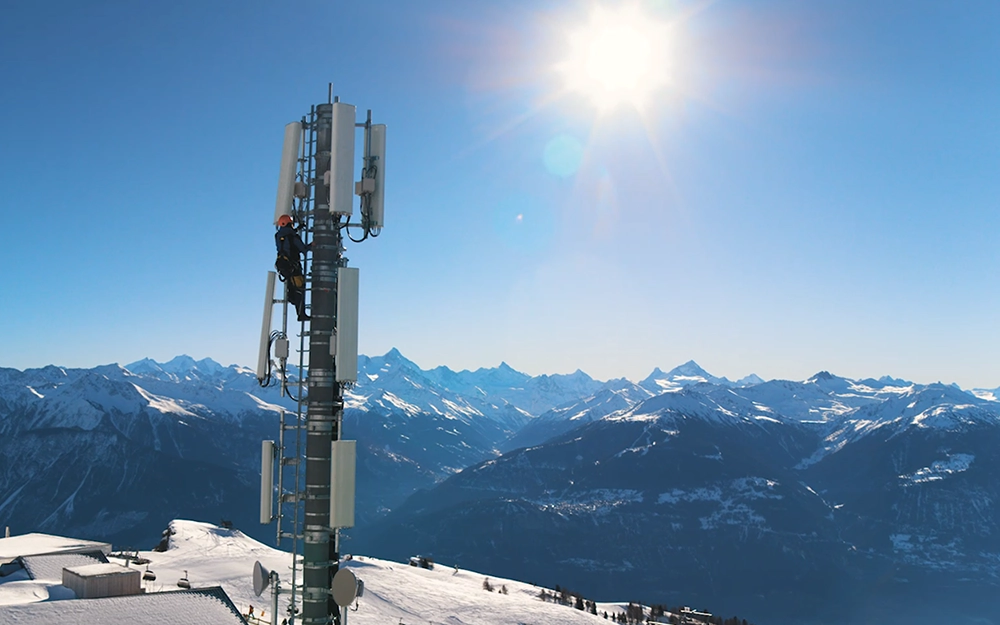Trends
Trends
SEP
01
2022
TIS
Evolving beyond towers
As professionals at Cellnex, often when our relatives or friends ask us where we work, we end up explaining to them, after a certain amount of technical jargon, that we manage telecommunications towers. We then offer up the example of an emblematic telecommunications tower in their country of origin to explain that, indeed, we manage that famous tower in their city’s skyline or its surroundings. And many are surprised, because they would never have imagined who might be behind the majestic infrastructure that has been part of our urban and rural landscapes for many years, let alone what goes on “in there”.
Beyond the urban legends that each tower inspires, they are key to facilitating and guaranteeing connectivity, as well as numerous other services –transmitting radio and TV signals, voice, data, etc.– and there is a team behind them to make it all happen 24 hours a day, 7 days a week.
In Spain, for example, it is the case of of Torrespaña in Madrid, popularly known as “El Pirulí” (‘The Lollipop’), which recently celebrated 40 years since its construction. Or in Barcelona, the Collserola Tower (445 metres tall), designed by the architect Norman Foster, which celebrated its 30th anniversary this summer, coinciding with the Olympic Games held in the Catalan capital in 1992. Meanwhile in Denmark, the observation tower located at the entrance of the Copenhagen Zoo, one of the tallest wooden observation towers in the world.
And it is not just about cities. Since connectivity is –or should be– a universal right wherever you live, we also manage iconic sites that cover large tracts of rural land, like Wells Bristol Road, the tallest tower in the United Kingdom; Three Rock, the six-tower complex on the outskirts of Dublin, Ireland; the tower located at Serra da Estrela, the highest point in Portugal; at Monte Fraiteve in Turin, Italy; and at Crans Montana, in the Swiss Alps.
These sites often integrate other connectivity-related assets as well, such as fibre optics or data centres at the edge of the network (edge computing). The Gerbrandy Tower, considered a national monument in the Netherlands, is one such case. With a total height of 367 metres, each year, at Christmas, it becomes the tallest Christmas tree in the world, equipped with dozens of immense luminaires visible for miles around.

But some of Cellnex’s most surprising installations occupy truly curious locations. Take the crypt of the Notre-Dame-du-Liban Cathedral in Paris, France; the installation designed to blend into the façade of Schoenbrunn Palace in Vienna, Austria; the Distributed Antenna System (DAS) at the historic salt mines of Wieliczka, Poland, or the connectivity solutions installed in the historic area of Gamla Stan in Stockholm, Sweden.
Taken together, there are currently more than 108,000 such operational sites, including towers and antennas, in the 12 European countries where the company operates. And between now and 2030 we will build nearly 25,000 more with an associated investment commitment of more than €7.5 billion.All with the goal of sustainably facilitating the connectivity of people and territories based on a neutral and shared infrastructure model, open to all operators, to drive digitalisation in Europe.
When we tell our family and friends about it, we do so with an enormous sense of pride!


















